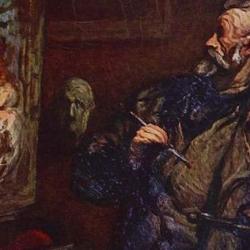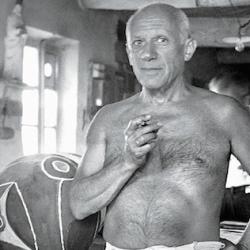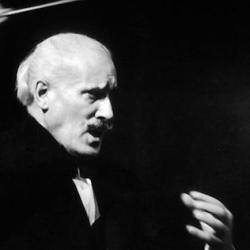Greek art, Hegel says, brings art to its summit. This presents a difficulty: The greatest sensuous artistic form occurs within a polytheistic, inadequate religion.
In Jean-Marie Schaeffer’s summary, Hegel resolves this by pointing to the very brokenness of the bodily form of Christ in Christian art: “in Christian art, Christ is not represented with an ideal body, as the Greek gods are; his body is no longer the adequate expression of interiority but merely his mortal shell (it can thus be shown tortured by pain, just as it can be represented as a cadaver). This does not mean that Christian theology must be identified with the abstract universalism characteristic of the hebrew God; on the contrary, Hegel accords a capital philosophical and historical importance to the fact that the Christian God was made flesh, and thus incarnated himself in a particular sensuous reality. In fact, whereas the religions of the Orient fall short of the Greeks’ religion of Art, Christianity surpasses the latter, since it takes the sensuous incarnation of God to its dialectical resolution, to its truth, to its self-transcendence in the passion, death, and resurrection of Christ.”
Thus, “Romantic” or Christian art “moves away from the point of perfect equilibrium” found in Greek art and in an art “characterized by the hegemony of the spiritual element over the sensuous element.” Thus too Romantic art’s emphasis on painting, poetry and music rather than sculpture.











